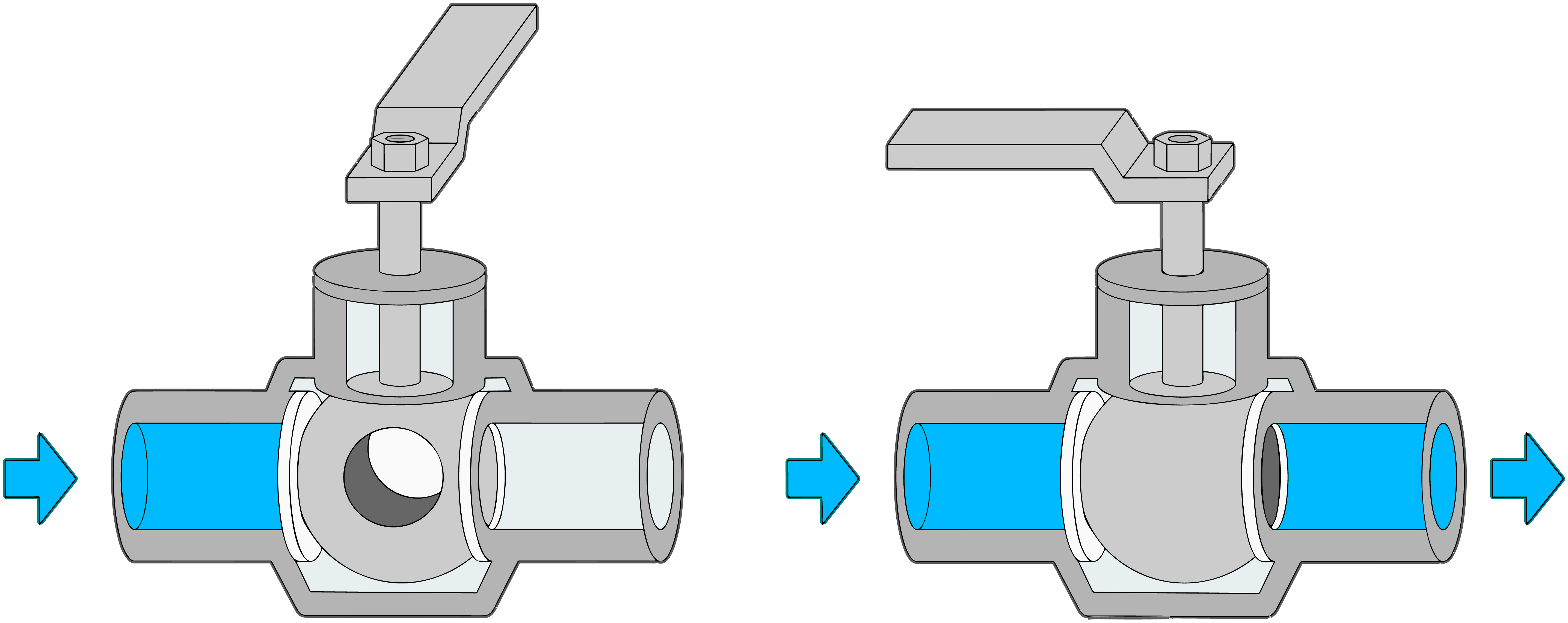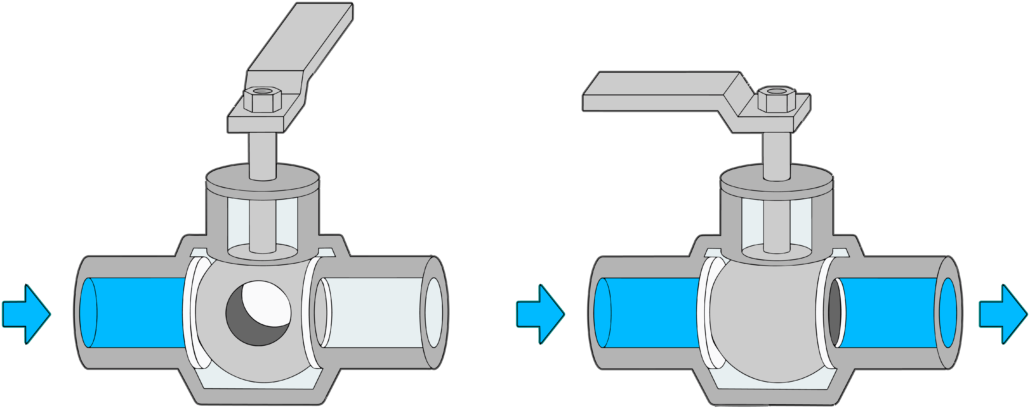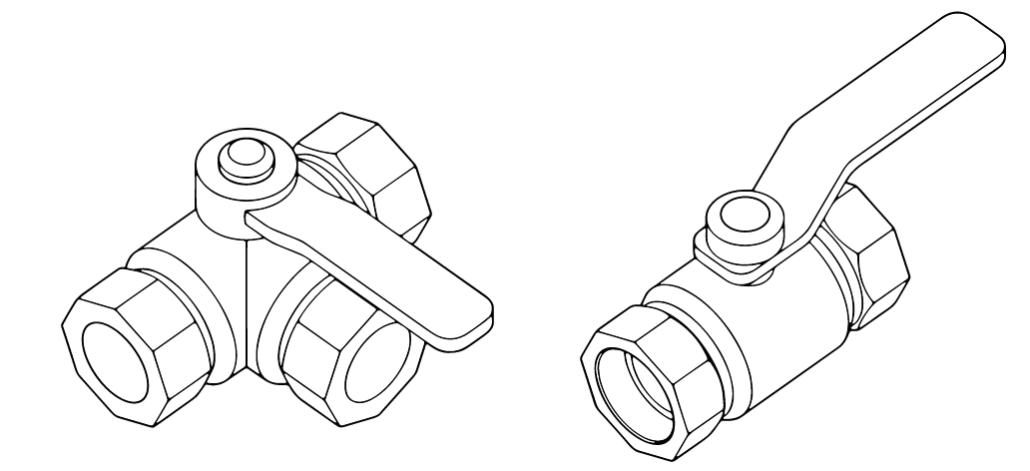Choosing the right size for ball valves is crucial for controlling liquid flow efficiently and ensuring the best performance of a system. A too-small valve can create flow issues, and a too-large one might be more expensive and not control flow precisely. Here’s how to calculate the optimal size of a ball valve.
FACTORS THAT DETERMINE BALL VALVE SIZE :
-
- Flow Rate (Q): This refers to the volume of fluid that flows through the valve in a set time, often measured in gallons per minute (GPM) or cubic meters per hour (m³/h).
- Pressure Drop (ΔP): This indicates the pressure difference from the entry to the exit of the valve. It helps determine the energy loss as fluid flows through.
- Valve Cv: This value, given by the valve manufacturer, indicates how much water can flow through the valve when the pressure drop is just 1 bar.
STEPS TO DETERMINE THE CORRECT BALL VALVE SIZE :
- Determine the Flow Rate (Q): Refer to the system design to ascertain the required flow.
- Estimate the Pressure Drop (ΔP): Assess the entire system to gauge the pressure change across the valve. This involves considering the fluid type, pipe dimensions, flow speed, and other factors.
- Pick an Initial Valve Cv: With the flow rate and pressure drop values at hand, select a Valve Cv from the manufacturer’s documentation.
- Assess the Valve’s Opening: Decide how you need to control the flow (whether fully open/closed or somewhere in between).
- Refine the Valve Cv Using a Specific Curve: Adjust the Valve Cv according to your specific requirements using a curve provided by the manufacturer.
- Use the Formula to Get the Valve Size: Valve Size (Inches) = (Q / Cv) × 10.67
AN EXAMPLE :
Suppose you have a flow rate (Q) of 100 GPM and a pressure drop (ΔP) of 1 bar. From the manufacturer’s data, the Valve Cv is 50, and the valve must be completely open.
Adjusted Valve Cv = 50 (from the documentation) x 1 (because it’s fully open) = 50
Valve Size (Inches) = (100 GPM / 50) × 10.67 = 21.34 inches
Thus, for this requirement, you’d need a ball valve that’s 21.34 inches.
CONCLUSION :
Selecting the right ball valve size is integral for optimal system performance. Understanding the flow rate, pressure drop, Valve Cv, and the required valve opening will enable engineers to choose the most suitable valve size. Always refer to manufacturer specifications and perform thorough calculations to ensure accuracy.


